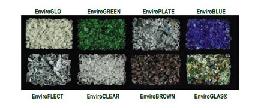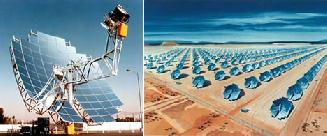
As an unmerciful drought is sowing difficulties in the hard lives of Chinese farmers, they seek solace from the technology Gods of artificial rain. A group of farmers on the outskirts of the city of Beijing gathers in the Fragrant Hills to launch chemical pellets aimed at wisps of passing clouds in the hope for rain.
They are trying to “seed” the clouds with silver-iodide particles around which moisture can then collect and become heavy enough to fall. These farmers are part of the biggest rainmaking force in the world: China’s Weather Modification Program. Over the past month they’ve mobilized cloud-seeding aircraft, artillery and rockets to enhance rainfall. Chinese scientists began researching man-made rain as far back as 1958, using chemicals such as silver iodide or dry ice to facilitate condensation in moisture-laden clouds.
According to Wang Guanghe, director of the Weather Modification Department under the Chinese Academy of Meteorological Sciences, each of China’s more than 30 provinces and province-level municipalities today boast a weather-modification base, employing more than 32,000 people, 7,100 anti-aircraft guns, 4,991 special rocket launchers and 30-odd aircraft across the country.
Methods of Artificial Weather Manipulation (AWM) may help agriculture, devastate the enemy and control the world economy. In the modern age, the Scientists and technologists are busy perfecting weather control sciences. It is shaping up as the most vibrant area of research and development.
China’s leadership has never been precautions about harnessing nature, taking on a swerve of what were once thought impossible engineering challenges, such as the Three Gorges dam, the world’s biggest hydroelectric project, and the Qinghai-Tibet Railway, the world’s longest highland railroad. They even hope to shoot the Olympic rain to guarantee perfect climes during the games, on the path to be nature’s god. However, what is to happen if any of these artificial arrangements backfire? What is real impact that cloud seeding has on the environment? Are there any foolproof means of knowing that?
Source: Asia Times




